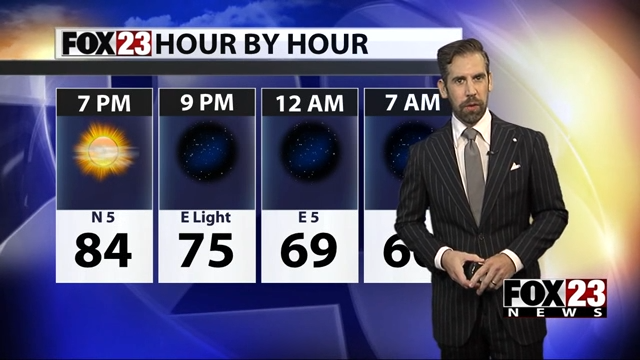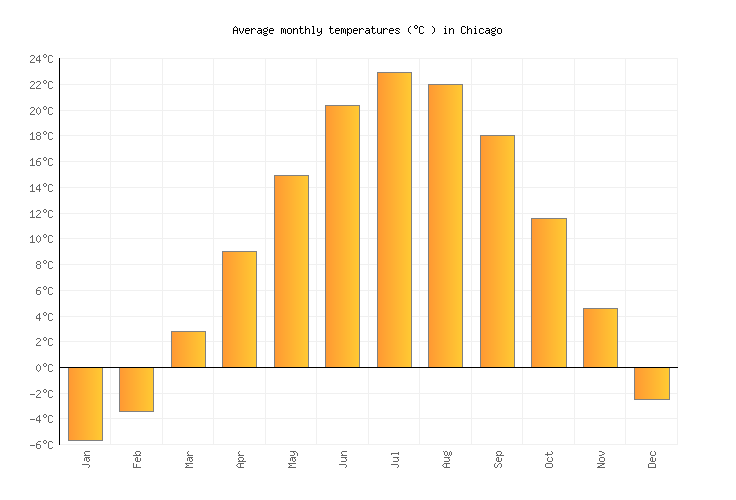
CHICAGO WEATHER FORECAST DRIVERS
With snow falling and winds gusting up to 35 mph, drivers should expect snow accumulation on the roads and poor visibility. The Thursday afternoon rush hour will likely be worse than the morning, Mowry said.

And we have the trucks already loaded up, ready to go out on the streets and keep the citizens safe here in Tinley Park," Tinley Park Public Works Director John Urbanski said. We had the crews go out with salt and get some salt down before the road iced up, and getting ready for the storm that's supposed to hit us right around noon, as i understand it. Those crews will work a 12-hour shift and then they will be backed up by 12 more trucks.īut they have been preparing since Wednesday. The Tinley Park Public Works director said the village has 12 trucks loaded with salt.

Our data demonstrate that improved awareness and education are needed around the risk for cold injuries, especially since there are fewer but more severe cold weather days - leaving less chance for acclimation, which can be protective against hypothermia,” Friedman said.Ĭhibuzor Abasilim, Rosalinda Fitts and Michelle Wueste from UIC are co-authors on the paper.In Tinley Park, a shipment arrived recently after a few rounds of heavy snow in the past few weeks depleted it. “Currently, the public health community focuses almost exclusively on heat injury. Individuals who visited a hospital due to cold temperatures also commonly had multiple health issues, including electrolyte disorders, cardiovascular disease and kidney failure.

“There are a lot more people dying from temperature-related injuries than is generally reported.”įriedman and his colleagues also found that cumulative costs associated with temperature-related hospital visits were approximately $1 billion between 20 in Illinois.Īdults older than age 65 and Black people were almost twice as likely to be hospitalized due to temperature-related injuries. “We found five to 10 times more temperature-related deaths by linking the hospital data to data from the National Weather Service and medical examiner’s data,” he said. Among these patients, there were 1,935 cold-related deaths and 70 heat-related deaths.įriedman said government data systems that track temperature-related deaths significantly undercount these deaths. They identified 23,834 cold-related cases and 24,233 heat-related cases. The researchers looked at inpatient and outpatient heat- and cold-related injuries that required a hospital visit in Illinois between 20. Heat-related issues are more likely to self-resolve by getting to a cooler place or by hydrating, Friedman said. “Because they have greater outdoor exposure, they acclimate better to both heat and cold.” “People who were experiencing homelessness in the records we looked at were less likely to die from temperature-related injury,” Friedman said.

The process, once started, can be very difficult to get under control however, people who are more regularly exposed to lower temperatures are better able to resist hypothermia. When this occurs, organs and systems begin to shut down in an effort to preserve the brain. Even mildly cool temperatures can initiate hypothermia, defined as a drop in body temperature from the normal 98.7 degrees to 95 degrees Fahrenheit. Hypothermia, or a drop in the body’s core temperature, doesn’t require sub-arctic temps. “This is in part due to the body’s poorer ability to thermoregulate once hypothermia sets in, as well as since there are fewer cold weather days overall, people don’t have time to acclimate to cold when those rarer cold days do occur.” “With the decrease in the number of cold weather days over the last several decades, we still see more deaths due to cold weather as opposed to hot weather,” said Lee Friedman, associate professor of environmental and occupational health sciences in the UIC School of Public Health and corresponding author on the paper. Lee Friedman (Photo: Roberta Dupuis-Devlin)


 0 kommentar(er)
0 kommentar(er)
